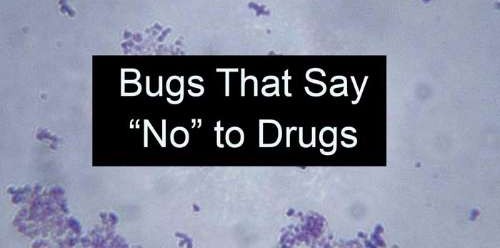Friedreich’s Ataxia: An overview of current trials being offered through USF
Friedreich’s ataxia was first recognized by Nikolaus Friedreich over 150 years ago. For nearly two decades, researchers have been focused on identifying the underlying cause of FA and treatments to reduce symptoms and cure this disease.
There are a number of investigational drugs and treatments which are currently in clinical trials. Here locally in Tampa, The University of South Florida (USF) Ataxia Research Center is leading the way in testing and developing new treatments. USF is one of 10 sites in the international Friedriech’s Ataxia Research Alliance (FARA) collaborative clinical research alliance. Some novel approaches are being used to increase frataxin production, reduce mitochondrial damage while improving overall mitochondrial function, reducing oxidative stress, and delivering gene therapies.
Here is an overview of the current FA related clinical trials being conducted through the USF Ataxia Research Center:
Randomized, Double-blind Controlled Study to Assess the Safety, Tolerability, and Pharmacokinetics of RT001 in Patients with FA. RT001 is a compound developed by a Retrotope (clinical-stage pharmaceutical company). The patented drug is a stabilized fatty-acid that is aimed at shutting down degradation of cellular membranes that are believed to be associated with neurodegenerative diseases and the aging process.
Phase I, Randomized, Double Blind, Placebo-controlled, Multicenter, Single and Multiple Ascending Dose Study to Evaluate the Safety, Tolerability, Pharmacokinetics, and Pharmacodynamics of Oral VP 20629 in Adult Subjects with FA. This study sponsored by biopharmaceutical company, Shire, is focusing on a low molecular weight drug (indole-3-propionic acid). This is considered a powerful antioxidant to help alleviate free radical damage from iron buildup from within the cells.
Phase 2 Study of the Safety, Efficacy, and Pharmacodynamics of RTA 408 in the Treatment of Friedreich’s Ataxia (MOXl1). RTA 408 compound, developed by Reata Pharmaceuticals is believed to activate the Nuclear Factor 2 pathways which regulates the expression of antioxidant proteins. This study will be conducted in two parts. The first is to test the study drug at various dose levels. The second part of the trial will be focus on two specific dose levels of RTA 408 as compared to a placebo.
Randomized, Multicenter, Double-Blind, Placebo-Controlled, Efficacy, Safety, and Pharmacokinetic Study of ACTIMMUNE in Children and Young Adults with FA. Interferon gamma-1b is a biologically manufactured protein that is similar to the one produce by the body’s own immune system. This drug is already approved in the U.S. for two rare diseases and has received fast track approval by the FDA in the treatment of FA. Interferon gamma plays a role in the regulation of iron availability. From previous trials, this drug has shown the potential to increase the production of frataxin protein.









